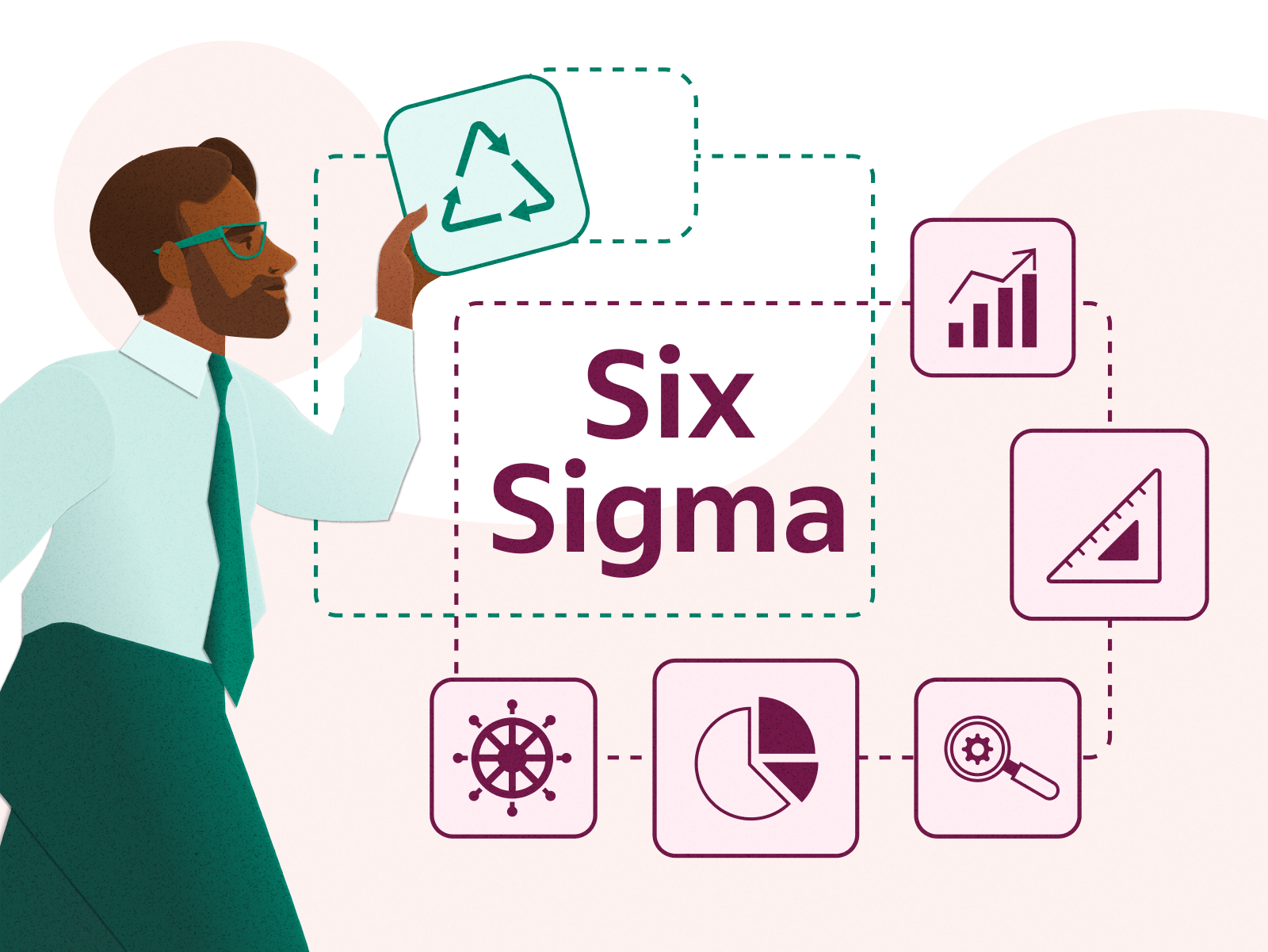Pioneering IoT-Enabled Quality Control in Pharmaceutical Manufacturing
Environmental monitoring is crucial in pharmaceutical manufacturing. Even small changes in temperature, humidity, or particle levels can affect product quality and patient safety. Unlike production metrics, environmental conditions need constant oversight to ensure every batch meets regulatory standards. Traditional quality control methods can be labor-intensive and prone to errors. However, the Internet of Things (IoT) technology is transforming environmental monitoring, enhancing efficiency and accuracy.
The Vital Role of Environmental Monitoring in Pharmaceutical Manufacturing
Environmental monitoring plays a vital role in safeguarding product integrity and safety in pharmaceutical manufacturing. Manufacturing facilities must maintain optimal environmental conditions to comply with strict regulations. Fluctuations in temperature, humidity, or particle levels can compromise quality and potentially harm patients. While production metrics remain static, environmental conditions require dynamic monitoring to ensure uniformity and efficacy in every batch.
Environmental monitoring is important for making quality products. Traditional methods like checking samples are not enough. They take time and can miss problems. Using Internet of Things (IoT) technology is better because it allows continuous automated monitoring. Sensors placed in the production area can track conditions like temperature, humidity, and air quality in real-time. This helps maintain the right environment for product quality. Environmental monitoring is crucial for pharmaceutical manufacturing, and IoT makes it more efficient.
Introducing IoT-Enabled Quality Control Systems
IoT-enabled quality control systems are at the center of this new technology for pharmaceutical manufacturing. These systems have a network of sensors that monitor all the important environmental conditions for product quality like temperature, humidity, air purity, and equipment performance. The sensors constantly collect data and send it to a central analysis system. This system can analyze the data quickly and make automatic adjustments to the manufacturing environment or alert staff to take corrective actions if needed.
Environmental monitoring is really important for making medicines. IoT systems help pharmaceutical companies track data on the environment where the medicines are made. This means companies can respond quickly if anything unusual happens. These IoT systems collect and analyze a lot of data. This helps ensure medicines are made under the right conditions. If something goes wrong in pre-shipment inspection, the IoT system can detect it and allow the company to fix the issue fast. This helps make sure medicines are safe and effective. With IoT, quality control becomes more proactive instead of just reacting after problems occur. IoT allows pharmaceutical manufacturing to have better quality control.
Advantages of IoT-Enabled Systems Over Traditional Methods
Using IoT for quality control in pharmaceutical manufacturing has many advantages over traditional monitoring methods. The biggest advantage is continuous, real-time environmental monitoring. With real-time data, companies can respond right away if conditions change. This reduces the risk of contamination or failed batches. Traditional methods only provide occasional snapshots from manual inspections. But IoT systems constantly collect data streams, ensuring ideal conditions for product quality at all times.
The rise of new technology also helps reduce the reliance on manual inspections. These manual checks can be prone to human mistakes. By automating data collection and analysis, Internet of Things (IoT) systems enhance the accuracy and reliability of quality control processes. The comprehensive data analysis enabled by IoT technology reveals patterns and trends. This provides actionable insights to manufacturers for optimizing workflows and improving product standards.
Another key advantage is increased operational efficiency through automation. Routine monitoring tasks, once time-consuming and resource-heavy, are streamlined. This frees up personnel to focus on more strategic initiatives. Not only does this boost productivity, but it also leads to significant cost reductions, offering a compelling return on investment.
Integrating IoT technology into pharmaceutical manufacturing processes represents a forward-thinking approach to quality control. It bridges the gap between traditional methods and modern production demands. Through the lens of IoT, the industry can achieve unprecedented levels of product integrity and safety.
Enhancing Regulatory Compliance and Traceability
Navigating regulatory compliance in pharmaceutical manufacturing has always been challenging. Regulatory bodies set stringent standards, requiring unwavering precision and accountability in every aspect of the manufacturing process. In this context, IoT-enabled quality control systems emerge as pivotal tools. They offer a transformative approach to meeting these rigorous requirements. By providing real-time, granular data on environmental conditions and operations, these systems facilitate an unprecedented level of oversight.
The data that IoT systems gather has two key purposes. First, it helps ensure that manufacturing processes follow set standards to protect product quality and patient safety. Second, it provides a strong system for tracing products. This is very important when responding quickly to identify and fix any potential issues. Rapid problem-solving reduces the risk of non-compliance and allows for thorough investigations and efficient corrective actions.
Additionally, the extensive data from IoT systems is extremely valuable during audits and inspections. Having complete, time stamped records of conditions and processes simplifies the audit process. It provides clear evidence of compliance. This transparency builds trust with regulators. It shows the manufacturer’s commitment to upholding the highest quality and safety standards.
Implementing IoT Systems: Considerations and Challenges
Integrating IoT quality control systems into pharmaceutical manufacturing comes with unique challenges. One major barrier can be the large upfront cost to establish a robust IoT infrastructure. This includes expenses for sensors, connectivity solutions, and data analysis platforms, requiring a considerable financial investment.
The use of modern systems like the Internet of Things (IoT) in manufacturing operations demands careful planning. Some current processes may need changes. Production lines and older equipment may require updates to work with IoT tech. This transition requires a strategic approach, time, and resources for a smooth shift.
Keeping data safe and secure is also key. IoT systems gather, send, and analyze lots of data. Manufacturers must have strict cybersecurity measures like encryption, access controls, and regular security checks. This prevents unauthorized access and data breaches, keeping sensitive info protected.
Overcoming these challenges requires a methodical approach. Understanding the long-term benefits of IoT quality control systems in pharmaceutical manufacturing is crucial. Despite hurdles, implementing IoT strategically leads to much better precision, efficiency, and compliance in production.
The Future of IoT in Pharmaceutical Quality Control
Moving forward, IoT will play a bigger role in pharmaceutical quality control, bringing new innovations. IoT will advance beyond current uses, with emerging tech enhancing environmental monitoring accuracy and scope. Advanced AI-enabled sensors promise to detect even tiny changes in manufacturing conditions and foresee potential issues before they occur. This predictive ability will streamline processes and greatly reduce quality control risks.
The rise of machine learning offers better insights. It analyzes huge data sets easily. It spots patterns and issues humans might miss. This leads to self-optimizing production setups. They automatically adjust conditions for top quality without human help.
Another exciting possibility is enhancing interoperability among IoT devices across platforms. This improves quality control system cohesion and responsiveness. It allows seamless integration of quality control data with business intelligence systems. It gives a comprehensive view of operations for strategic decision-making.
As regulatory frameworks evolve with technological progress, a collaborative relationship forms between manufacturers and regulators. This synergy refines compliance protocols. It ensures the pharmaceutical industry not just meets but exceeds the highest quality and safety standards. The future of IoT in pharmaceutical quality control brings transformation and innovation for a new era of manufacturing excellence.
Conclusion
Integrating IoT into Factory Audit transforms pharmaceutical manufacturing radically. It enhances real-time monitoring and data analysis abilities. It introduces a new level of precision and reliability that traditional methods cannot match. As pharmaceutical industry demands and challenges evolve, IoT technology becomes indispensable. Its application in ensuring pharmaceutical product integrity and safety sets future benchmarks.
It paves the way for innovative, efficient, and compliant manufacturing processes. Progressing towards IoT-enriched quality control systems shows commitment to excellence and forward-thinking. It re-shapes pharmaceutical production by redefining standards. It offers a clear path to superior product quality and patient safety. As the pharmaceutical sector advances, strategically implementing IoT in quality control processes will undoubtedly be key to upholding and enhancing healthcare product quality worldwide.
Share this content:



